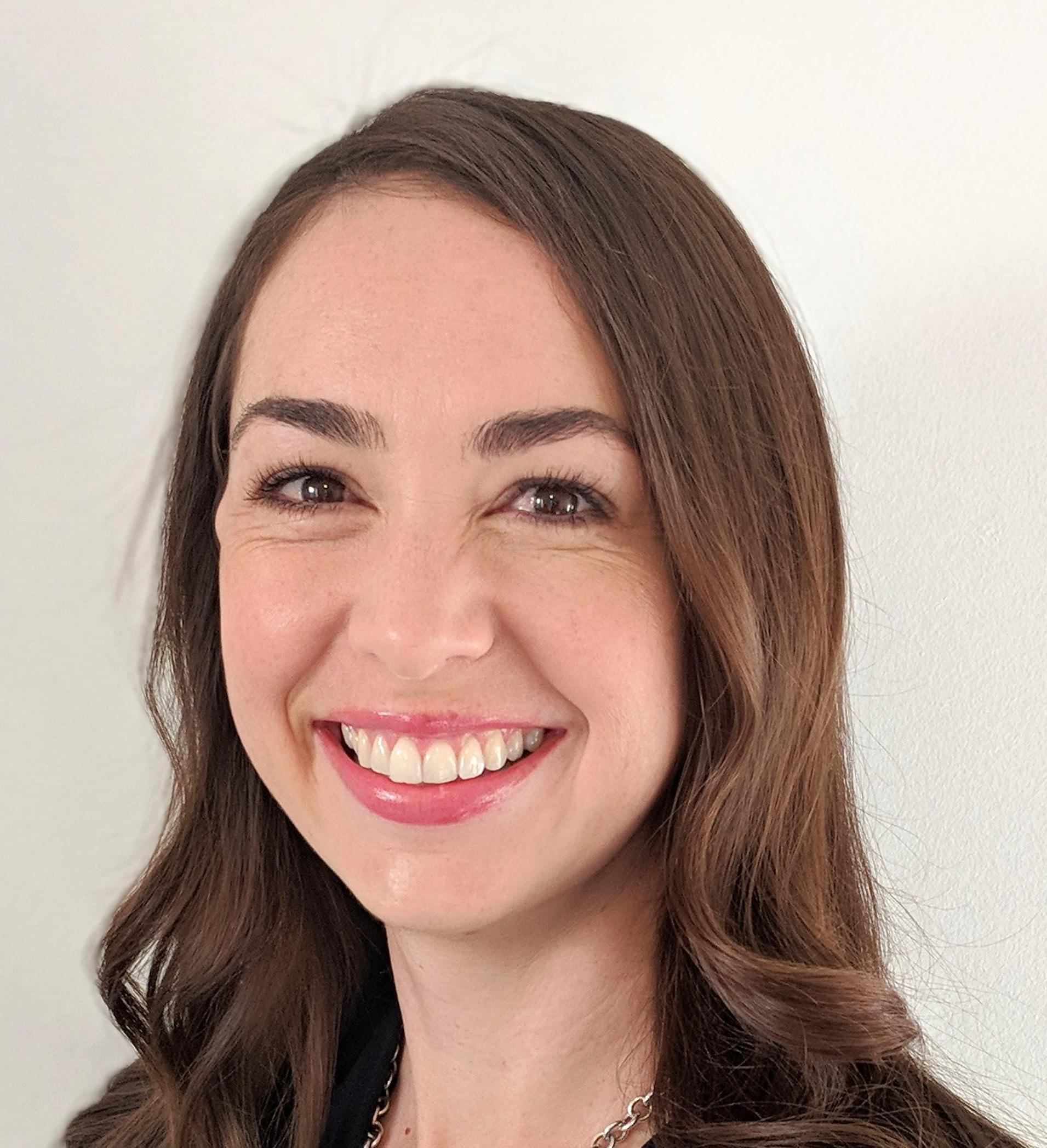 The Australasian Cerebral Palsy Clinical Trials Network (AusCP-CTN) is partnering with colleagues at the Queensland Children's Hospital to host a joint-conferene, to provide the latest information and research relevant to paediatric rehabilitation.
The Australasian Cerebral Palsy Clinical Trials Network (AusCP-CTN) is partnering with colleagues at the Queensland Children's Hospital to host a joint-conferene, to provide the latest information and research relevant to paediatric rehabilitation.
The 3-day virtual conference will include dedicated single streams with various national and international keynote addresses, short multidisciplinary presentations and case reviews, along with research papers. The single-stream sessions will be held online via Zoom.
The program will provide you with opportunities to update skills and knowledge with colleagues involved in the rehabilitation of children with brain injuries, cerebral palsy, spinal cord injury, limb difference and other low incidence conditions.
The conference will showcase Hot Topics in research from the Australasian Cerebral Palsy Clinical Trials Network, including recent advances and issues on some of the work being done to improve early diagnosis and intervention for children with, or at risk of, cerebral palsy. We will highlight the latest research and innovations in early detection, neuroprotection, interventions and their implementation into clinical practice.
You will also have access to a virtual bank of short presentations through the conference website on a variety of topics dedicated to paediatric rehabilitation.
Keynote Speakers & Conference Program
Final program and abstracts from presenters is available below to few online; or as downloadable PDF. For more details about 3 & 4 March '2021 Rehab for Kids' conference keyotes and organisers: 2021 Rehab for Kids, Queensland Paediatric Rehabilitation Service (QPRS).
Keynote Speakers for Hot Topics in CP Research - 5 March (AEST):
Abstract: The aim of the Norwegian Quality and Surveillance Registry for Cerebral Palsy (NorCP) is to promote knowledge-based and equal treatment for people with cerebral palsy. NorCP is the result of many years of close cooperation between the Cerebral Palsy Registry of Norway and the Cerebral Palsy Follow-up Program, which in 2020 was merged into one registry.
Participation in NorCP means that children with cerebral palsy from the time of early diagnosis and up to age 18 years are systematically assessed by a multi-disciplinary team of professionals according to standardized protocols, and that data from the assessments are registered in the national registry. Our main aims are to monitor prevalence of CP, specifically causes and risk factors, and to ensure that every child receives “the right treatment at the right time” using evidence-based measures.
We will report on the latest NorCP research and quality improvement projects.


Abstract: The Australian CP Register (ACPR) exists as a result of a collaboration between state/territory cerebral palsy (CP) registers across Australia and includes records for >9000 children with CP. The CP registers are important resources for both epidemiological and clinical research. Historically, one challenge in epidemiological CP research has been the limited number of cases available after stratification when studying small subgroups of CP. In this presentation we will illustrate the utility of a collaboration between the ACPR and the Surveillance of Cerebral Palsy in Europe. This collaboration has provided sufficient numbers of records to conduct research aimed at better understanding the clinical profile and specific aetiological risk factors in small but important CP subgroups (eg. higher order multiples and post-neonatally acquired CP). In the second half of this presentation, we will provide an overview of current research and quality assurance activities being conducted by state/territory CP registers from across Australia.
Abstract: Two years ago, the Australian Cerebral Palsy Register Report showed a remarkable 30% drop in the rate of cerebral palsy with Australia now having one of the lowest recorded rates in the world. This decrease was sustained in the latest report in 2020. Falls of a lesser magnitude are also being reported in other regions including Europe. These promising results are encouraging health professionals, families, researchers and others to search for other ways to protect the brain of the developing fetus, the high risk newborn in intensive care and those infants thought to at high risk of cerebral palsy.
Around 50% of people who are diagnosed with CP spent time in a newborn intensive care unit or special care unit suggesting this may be an optimal time to study and institute preventative strategies. Already there is considerable energy being expended to decrease the potentially neurotoxic effects of newborn intensive care through skin to skin care, support of breast-feeding and neurodevelopmental care.
Prematurity remains a major risk factor for cerebral palsy. Promising strategies are emerging including the Western Australian Preterm Birth Prevention and the “Birthing on Country” initiatives. We are also witnessing a decrease in intracranial haemorrhage in preterm infants in Australia and New Zealand. New evidence has also been published around the role of therapies such as caffeine, erythropoietin and delayed cord clamping as well as confirming the protective effect of antenatal magnesium sulphate.
For term babies there is acceleration of breakthroughs in the areas of genomics, cytomegalovirus infection prevention, antenatal diagnosis of birth defects and the search for adjuvant therapies to therapeutic hypothermia. There is increasing interest in the role of engineering, technology and artificial intelligence to predict and prevent adverse events. Further improvements will require data sharing facilitating accelerated large multicentre trials with multidisciplinary teams.
Research in the area of cerebral palsy prevention and mitigation has become a vibrant and rapidly progressing area of clinical and academic endeavour that is creating real and meaningful progress.
This all used to be a primarily technical challenge, but it has rapidly evolved to become a challenge for clinical researchers: they are now requested to think, and re-think, the concepts; to define the actual and reachable aims in an iterative dialogue between different disciplines. The novel infant wearables are solutions that won’t emulate existing practices and/or clinicians. They are offering complementary insights, such as quantitative and objective assessment of infant motility in out-of-hospital settings.
Who can benefit from attending?
- Health professionals
- Other professionals who work with children who have received rehabilitation
- Parents/carers of children who have received rehabilitation
- Students
- Researchers
Parents/carers of children who have received rehabilitation are invited to register and attend this conference. Some conference content may be limited to health professionals where applicable.
Content and case studies presented at the conference is not intended to replace qualified medical or health related advice. If parents/carers have any concerns or questions arising from the conference in relation to the care for their child, these should be discussed with their QPRS health professional.
Registration & Costs (inc GST) - FULL
|
Wednesday 3 March |
Brain Injury: $27.50 Spine: $27.50 |
|
Thursday 4 March |
Low Incidence Conditions: $27.50 Model of Care: $27.50 |
|
Friday 5 March |
International CP Hot Topics Research Forum: $55.00 |




 Prof. Sampsa Vanhatalo
Prof. Sampsa Vanhatalo